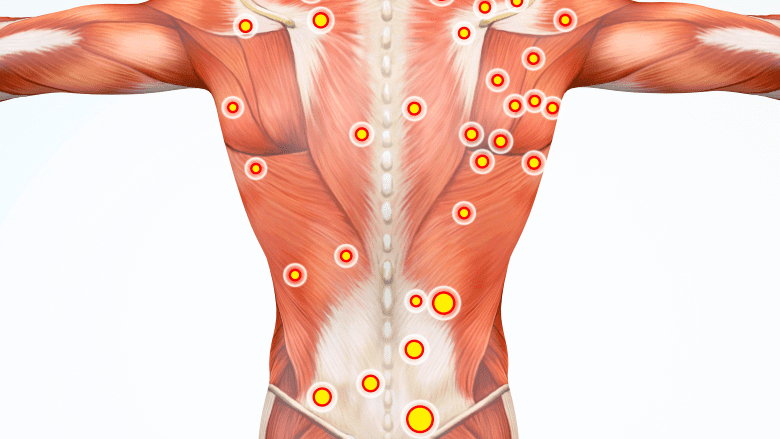Two alternative therapies that focus on restoring a more natural, or optimal, energy flow throughout the body include acupuncture and Reiki healing.
In This Article:
- Integrative Medicine for Arthritis Pain Relief
- Acupuncture and Reiki Healing for Arthritis
- Integrative Arthritis Therapies and Nutrition
- Manual Therapies for Arthritis Pain
- Tai Chi and Yoga for Arthritis
Acupuncture
Acupuncture seeks to alleviate pain by inserting small needles into specific points of the body.
Patients with arthritis may benefit from acupuncture,1Kim EJ, Lim CY, Lee EY, Lee SD, Kim KS: Comparing the effects of individualized, standard, sham and no acupuncture in the treatment of knee osteoarthritis: a multicenter randomized controlled trial. Trials 2013, 14:129. an ancient Chinese practice based on the following beliefs:
- Within each person flows essential life energy, called chi (or qi), which serves as the foundation of physical, mental and emotional well being.
- Chi can become blocked and unbalanced, causing illness or pain.
- Blocked chi may be released and energy balance restored by inserting thin needles—about .1 to .3 mm wide—into specific points on the body.
During treatment, patients typically lie on a padded table and rest with the inserted needles for 30 to 50 minutes, often in a dimly lit room listening to relaxing music.
Many research studies support using acupuncture to treat arthritis. However, critics question the validity of clinical studies supporting acupuncture’s use.2Manheimer E, Cheng K, Linde K, et al. Acupuncture for peripheral joint osteoarthritis. Cochrane database of systematic reviews (Online). 2010;(1):CD001977. doi:10.1002/14651858.CD001977.pub2. Others theorize that acupuncture may work because the needles’ placement points are located at naturally occurring pressure points that contain bundles of nerve endings.
While experts debate its usefulness, most agree that acupuncture is safe3Sherman KJ, Coeytaux RR. Acupuncture for Improving Chronic Back Pain, Osteoarthritis and Headache. Journal of clinical outcomes management : JCOM. 2009;16(5):224-230. and, if used, should be incorporated into a larger treatment plan if the patient feels it alleviates symptom.
A primary care physician or rheumatologist may be able to recommend a licensed and/or certified acupuncturist. In some cases, insurance companies will pay for acupuncture treatments.
See Other Specialists for Arthritis Treatment
Reiki Healing
Like acupuncture, Reiki is based on the belief that essential life energy runs through each person, and disruptions in energy flow can cause pain and other problems. Reiki attempts to promote vitality and healing by facilitating the delivery of this universal energy to a person.
Reiki sessions take 60 and 90 minutes, during which a client lies or sits in a supported and comfortable position. The client remains clothed. The Reiki practitioner positions his or her hands over specific points of the client’s body, attempting to guide essential energy into it. A single session may involve 10 to 20 different hand positions.
While Reiki is becoming more popular it has not been well researched, and it is not clear whether or not this therapy provides pain relief to arthritis patients. Because it is non-impact it is considered low- to no-risk.
- 1 Kim EJ, Lim CY, Lee EY, Lee SD, Kim KS: Comparing the effects of individualized, standard, sham and no acupuncture in the treatment of knee osteoarthritis: a multicenter randomized controlled trial. Trials 2013, 14:129.
- 2 Manheimer E, Cheng K, Linde K, et al. Acupuncture for peripheral joint osteoarthritis. Cochrane database of systematic reviews (Online). 2010;(1):CD001977. doi:10.1002/14651858.CD001977.pub2.
- 3 Sherman KJ, Coeytaux RR. Acupuncture for Improving Chronic Back Pain, Osteoarthritis and Headache. Journal of clinical outcomes management : JCOM. 2009;16(5):224-230.


